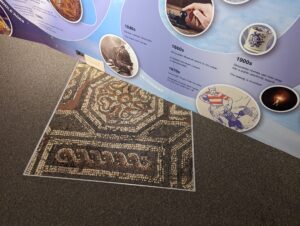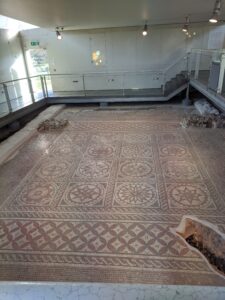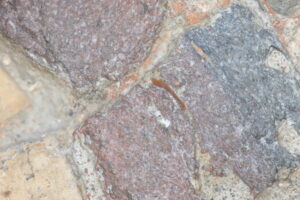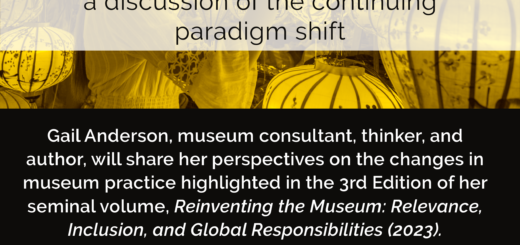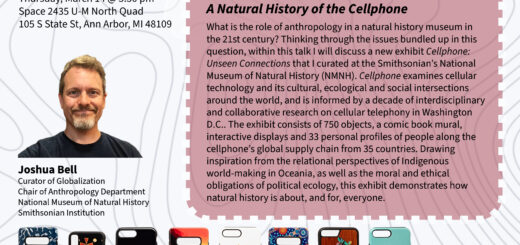Caroline Nemechek — “Little Pieces and the Big Picture: Researching Roman Mosaics in the United Kingdom”

Setting out for my visit to Hadrian’s Wall and the nearby museums, I didn’t expect to find myself stuck outside on a dark rainy evening after my Airbnb for the night fell through. Luckily, I found a pub that was willing to put up me along with my increasingly soggy takeaway. Despite the rough evening, I was able to get up early the next morning, eat the breakfast included with the price of the room, catch a train, then begin my 40-minute hike toward the museum. It was a pretty quiet morning, just me, the occasional car, lots and lots of sheep, and a gorgeous view of the site.
Small setback in Haltwhistle aside, my research trip to the United Kingdom ran smoothly and was mostly successful. The goal of the trip was to collect data for my dissertation, which examines the social role of mosaics during the 2nd c. CE in the Roman province of Britainnia. For my purposes, the data was split into two categories: photographs of the mosaics and the relevant narratives about the Roman past that the various museums presented through panels, labels, collections-based publications, and more.
Photographing the mosaics, perhaps unsurprisingly, proved to be a challenge. I wanted to photograph as many mosaics as possible, to confirm what materials were used and to create 3D models.
Photogrammetry, the process of extracting data for a 3D model from 2D photos, requires specific information for clear, high-quality models. For the photo buffs out there, the requirements are small aperture, low ISO, and usually a long shutter speed to compensate for the first two. The result is that there needs to be a lot of external light on the object, the equivalent of being outside on a sunny day, but in a way that casts either an unmoving shadow or none at all. While this was possible in well-lit exhibits, it was not possible for me to generate enough light in those that were not, since I had to be careful to not block visitors from enjoying the museum.
Additional obstacles quite literally included panels, displays, and interactive elements placed very close to the mosaics, making it impossible to photograph the mosaic from all the angles required. However, the stars aligned for enough of the mosaics, so I was able to create models for a few of them.
Fortunately, the close-up shots, or macro photography as it is formally called, were not as hard to take. The purpose of these photos was to confirm what materials were used to make the tesserae, the small squares used to form the mosaic. Since the camera lens needs to be close to the object, sufficient lighting is easy to obtain with a camera attachment called a ring light, which can be directly attached to the lens. The only tricky bit is bringing the shot into focus, as this needs to be done with a manual slide on account of the large degree of magnification.
Compared to the challenging (yet enjoyable!) photography work, collecting the rest of the data from the museums was a breeze. I visited a little over a dozen museums and sites, choosing ones that either had mosaics, once had mosaics, or contained information about local life during the Roman period. In addition to their own collections, many of the museums contained information about recent or ongoing archaeological excavations and research projects involving nearby sites. This helped me find resources that I would not have known about otherwise.
It was fascinating to the see the different ways the museums visualized the history of their region and where the Romans fit into that story. Some museums were centered entirely around the Roman period. This was most often the case when the museum was aligned with a specific site, such as the fort at Vindolanda or the large villa at Fishbourne. Most of the museums I visited were regional museums, which focused on the histories of their respective city and the surrounding areas. Some of these museums were very broad in their approach to capturing this history. While it is not unusual to have artifacts alongside those from different periods in one museum, it is unusual to find Roman artifacts with taxidermy specimens and dinosaur skeletons, at least in the United States. For these regional museums, locality trumps strict categories of museum “types.” Here, natural sciences, history, and art seamlessly join to tell a story about a place.
Despite the bustling galleries filled with school groups, tourists, and other visitors, there were still signs of the pandemic’s negative impact on museums. At almost all level of staff, people seemed to have myriad different tasks to perform. This was most evident in the lack of availability to accommodate outside researchers. Some places had a moratorium against any visits to storage areas, while others simply didn’t have the funds to have dedicated staff in collections management. Others still were struggling to defend workspaces in storage for accommodating researchers, given its inability to generate funding.
Overall, my trip was enlightening both for my own research and seeing how different regions construct their history through museums. There is just so much to be gained from being able to see the materials you are writing about in person. Many thanks to the Museum Studies Programs for funding my research, as well as the museum staff who accommodated me and my equipment, especially those from the Verulamium Museum and the Reading Museum. And, remember, if for some reason you find yourself without a place to stay in the United Kingdom, give the local pub a try.
Caroline Nemechek
Caroline Nemechek is a PhD candidate in the Interdepartmental Program of Mediterranean Art and Archaeology. Her dissertation examines mosaics from urban contexts in the Roman province of Britannia, and discusses their role in society during the 2nd c. CE. She is interested in the creation of identity through art objects, as well as the role digitization plays in the research of and engagement with art. Outside of academia, she enjoys spending her time gardening, reading mysteries, and playing video games.


